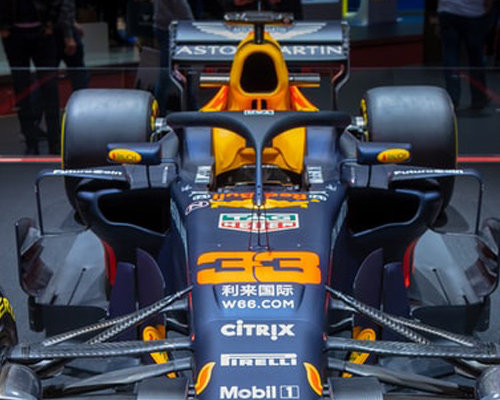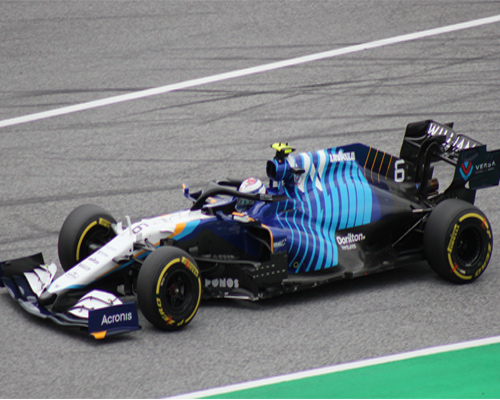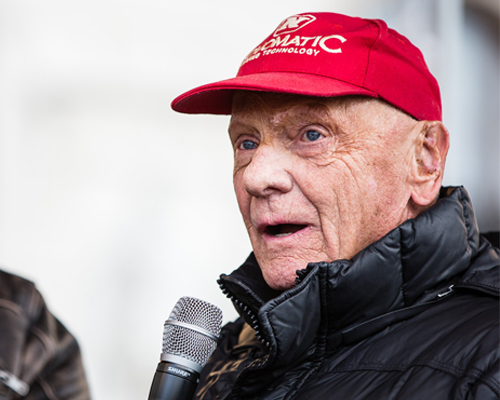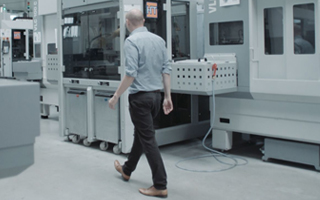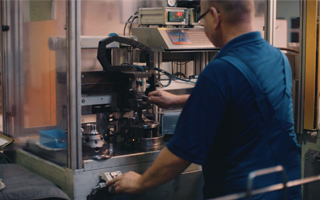The Drive To Survive Phenomenon: How A Docuseries Transformed F1
15th February 2024
Formula One is the pinnacle of motorsport. The engineering, speed, rivalry and glamour that define its travelling circus is, for many, intoxicating and incomparable.
Yet what legions of fans find so exciting others find, well… boring.
For decades FIA bosses wrestled with how to engage a younger audience. Enticing the next generation, as well as breaking into a largely untapped US market, were seen as keys to the very survival of the sport.
Few could have predicted a docuseries would make all the difference. Yet as Netflix prepares to launch series six of ‘Drive To Survive’, there can be no denying the show has turbocharged F1, breathing new life into a tired competition.
Drive To Survive: The Concept

The format many have come to love is decidedly different to the original concept. Indeed, rather than dedicate time to all teams, the earliest plans for what would become ‘Drive To Survive’ were focused solely on Red Bull Racing.
The scope was broadened in 2018 following negotiations between F1 bosses and production company Box To Box. It’s no coincidence these talks occurred in the wake of Liberty Media’s takeover of the sport in 2016. New management brought with it new ideas and a commitment to modernise the brand.
James Gray-Rees and Paul Martin would co-produce this new venture. Gray-Rees had received widespread acclaim for his work on Senna, a fascinating documentary on an F1 legend. He had pedigree.
While few could question the personnel involved, there was still no guarantee the series would prove a success. Viewing figures for races themselves had, after all, steadily declined in recent years.
Well aware of this fact, Box to Box would lean heavily on the power of personality.
How Drive To Survive Humanised Drivers
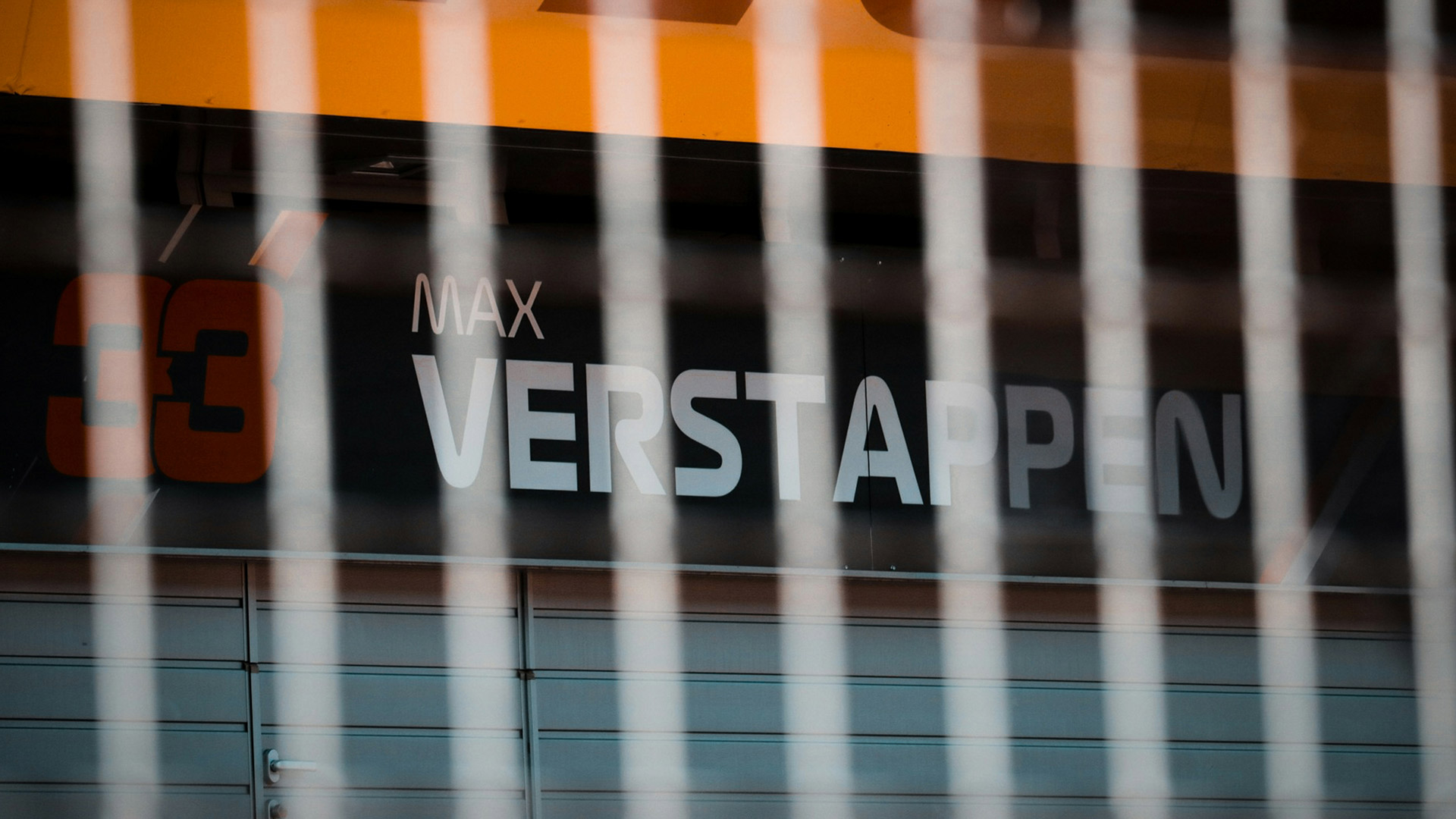
From the off Drive to Survive sought to humanise F1s drivers, team principles and those working in the paddock.
In flitting between garages, they were able to bring people closer to the key players involved. It is, after all, hard to relate to someone behind a helmet.
Very quickly big personalities came to the fore.
Red Bull Principal Christian Horner had a starring role, every bit the divisive figure and revelling in that.
His enigmatic driver Daniel Riccardo also commanded plenty of airtime. The Australian’s effervescent personality shone through more than his performances on the track.
Perhaps the biggest and unlikeliest of stars however proved to be Haas Principle Guenther Steiner. The Italian’s ability to find humour in every situation, no matter how dire, quickly earned him a cult following.
Never slow to speak his mind, Steiner’s one liners, some of which came in broken English, spawned all kinds of merchandise.
Drive to Survive succeed in profiling every team and clearly explaining the chasms that exist both in terms of budgets and expectations. Newcomers quickly learned what constitutes a successful season for Mercedes compared to Williams, for example.
With journalists like Will Buxton offering context, the show was quickly able to build a story arc for a season.
Launching in Mach 2019, this behind-the-scenes feature proved an instant hit, breaking into the platforms top 25 ranked series’ within the first fortnight.
Over the course of those first two weeks, an estimated 2.4 million unique views (UV) were recorded, according to medium.com. This is defined as a profile that watches at least two minutes of a show.
Those were numbers usually reserved for True Crime series such as 2016’s Making A Murderer.
Criticism of Drive to Survive
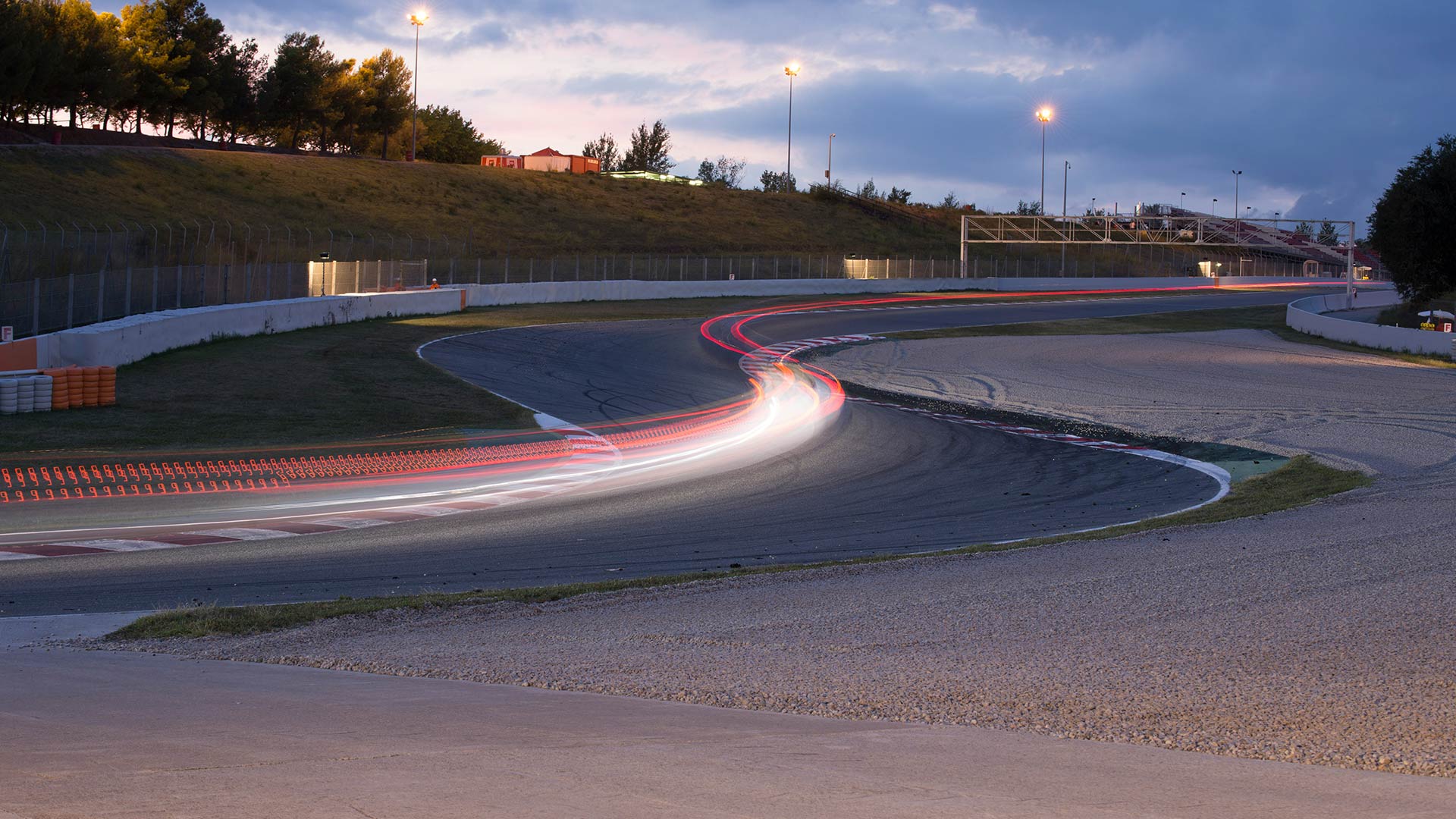
But you can’t please everyone.
Those closest to the sport argued Netflix had sought to over dramatize certain events to invent storylines. While no creative license was required to fan the flames between Horner and Mercedes rival Totto Wolf, certain subplots were maybe helped along.
Many also pointed to the emphasis placed on practice sessions, which were often framed as incredibly important when – in truth – they are as described.
Among the sceptics were several drivers, including future world champion Max Verstappen, who refused to be interviewed in series 2, 3 and 4 respectively.
Even the critics however accepted Drive to Survive had brought fans closer to the action, some of which didn’t require Hollywood treatment.
One of the defining moments of series 3 was the Haas paddock’s reaction to driver Roman Grosjean’s horror crash in Bahrain. The Frenchman collided with a barrier at 137mph and was engulfed in flames for a full 28 seconds. Saved by the Halo safety device, he somehow emerged from the fireball to the astonishment of everyone.
Capturing the moment colleagues and rivals genuinely feared a fatality was raw, emotive television, thankfully with a happy ending.
Netflix and Abu Dhabi 2021
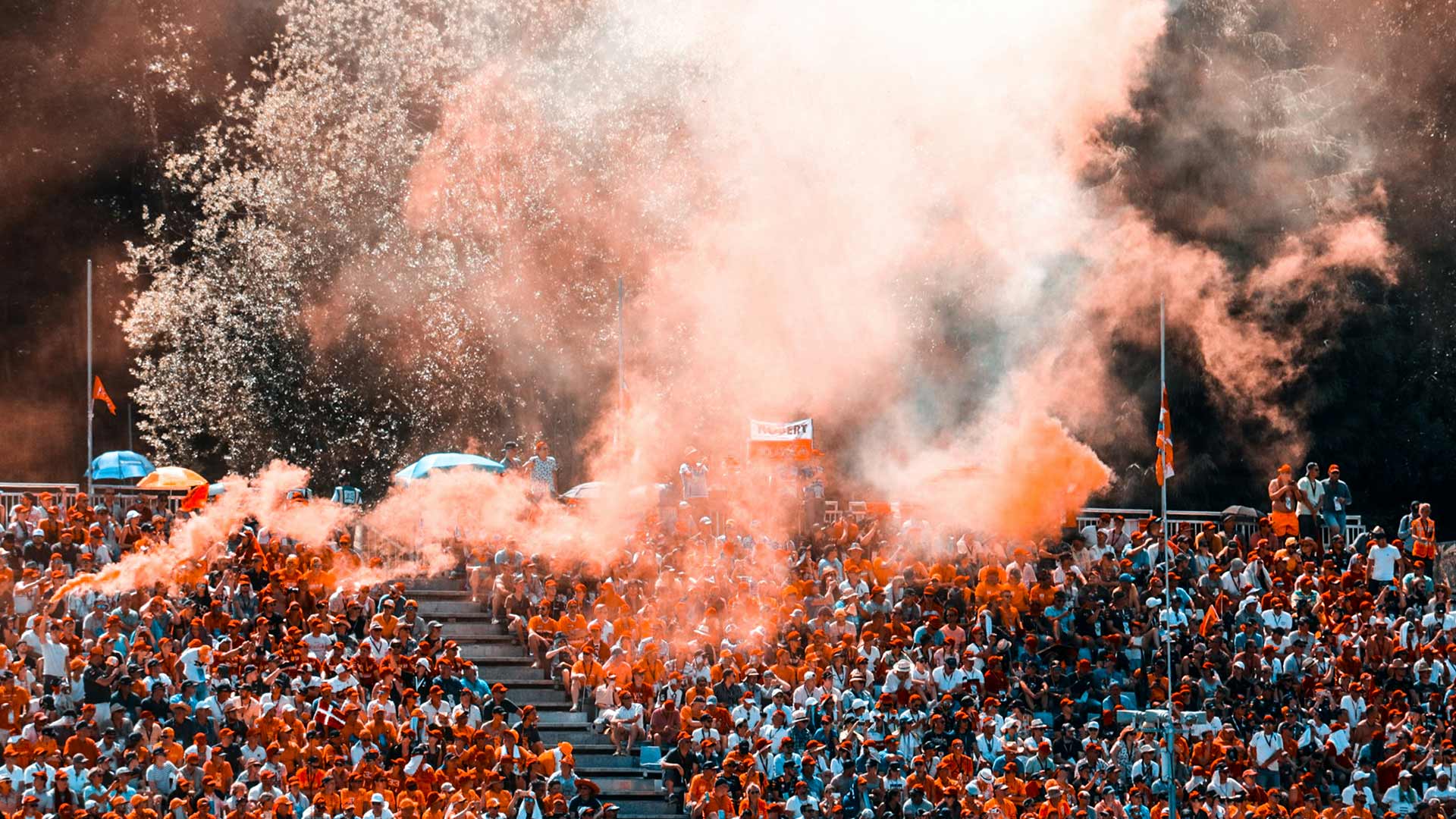
Still a growing viewership led many to claim Netflix sought to induce drama. The controversy surrounding the 2021 Abu Dhabi Grand Prix served only to fuel that conspiracy.
In an infamous final lap, with the championship on the line, Verstappen passed title rival Lewis Hamilton to claim the chequered flag. But that only tells half the story.
A safety car had come into force on lap 53 with Hamilton leading. The Brit opted to not to pit at that point so as not to lose track position. Verstappen, by contrast, pitted and acquired a fresh set of soft tyres.
When Verstappen returned to the track, he did so in second place but with five lapped cars between himself and Hamilton. These cars were not permitted to overtake the lead car and unlap themselves.
As things stood Verstappen would need to pass all lapped cars, plus Hamilton to win.
In one of F1s most shocking moments, race direct Michael Massi then reversed his decision, clearing the five lapped cars between the two title contenders to unlap themselves. Crucially, this direction was not given to other lapped cars out at the time.
This meant one final lap of racing would commence with Verstappen – and his new tyres – on the shoulder of Hamilton. The rest is history.
It was drama never seen before and scarcely believable. Indeed it couldn’t have been scripted better – or worse depending on which dig you had in the fight.
As debate raged over the legitimacy of Verstappen’s victory, a section of fans apportioned blame at Drive to Survive, claiming their influence had somehow influenced Massi – who would later be relieved of his duties.
These calls were so strong that Gray-Rees even had to intervene. Interviewed by the BBC, the show’s executive producer said - “It’s just people under enormous pressure making decisions in the moment. There’s no way anybody was thinking: ‘Will this play well on Netflix?‘”
An official report blaming human error backed this view.
The Impact of Drive To Survive
While Drive to Survive may rankle with the purists it has exceeded the expectations of those that conceived of it. Last summer YouGov ran some numbers which served to underline its impact.
By May of 2023 the series had been watched by 6.8 million people. The breakdown of that audience showed the transformative effect.
26% of viewers had no real interest in F1, presumably before watching their first episode.
31% were aged between 18 and 29, while just under half of the viewership (46%) were women.
Moreover, further research has uncovered that just over one in five F1 fans (22%) now cite Drive to Survive as the reason they have been turned onto the sport.
By any measurement, those numbers paint a healthy picture.
The show has helped attract a new and younger audience, increased ticket sales and ushered in sponsorship from the US.
Amazingly, half of American fans are believed to have been lured by the show. Keen to embrace this newfound audience, three races will be held stateside in 2024.
It’s little wonder Netlfix have sought to repeat the trick. Full Swing (Golf), Break Point (Tennis) and most recently Full Contact (Rugby Union) have all been added to their roster of original series, albeit to less fanfare.
Drive to Survive is branded content as its best. Formula 1 has used Netflix as a vehicle for change.
That a new series might capture the imagination more than a new season apparently matters little in the grand scheme of things.


